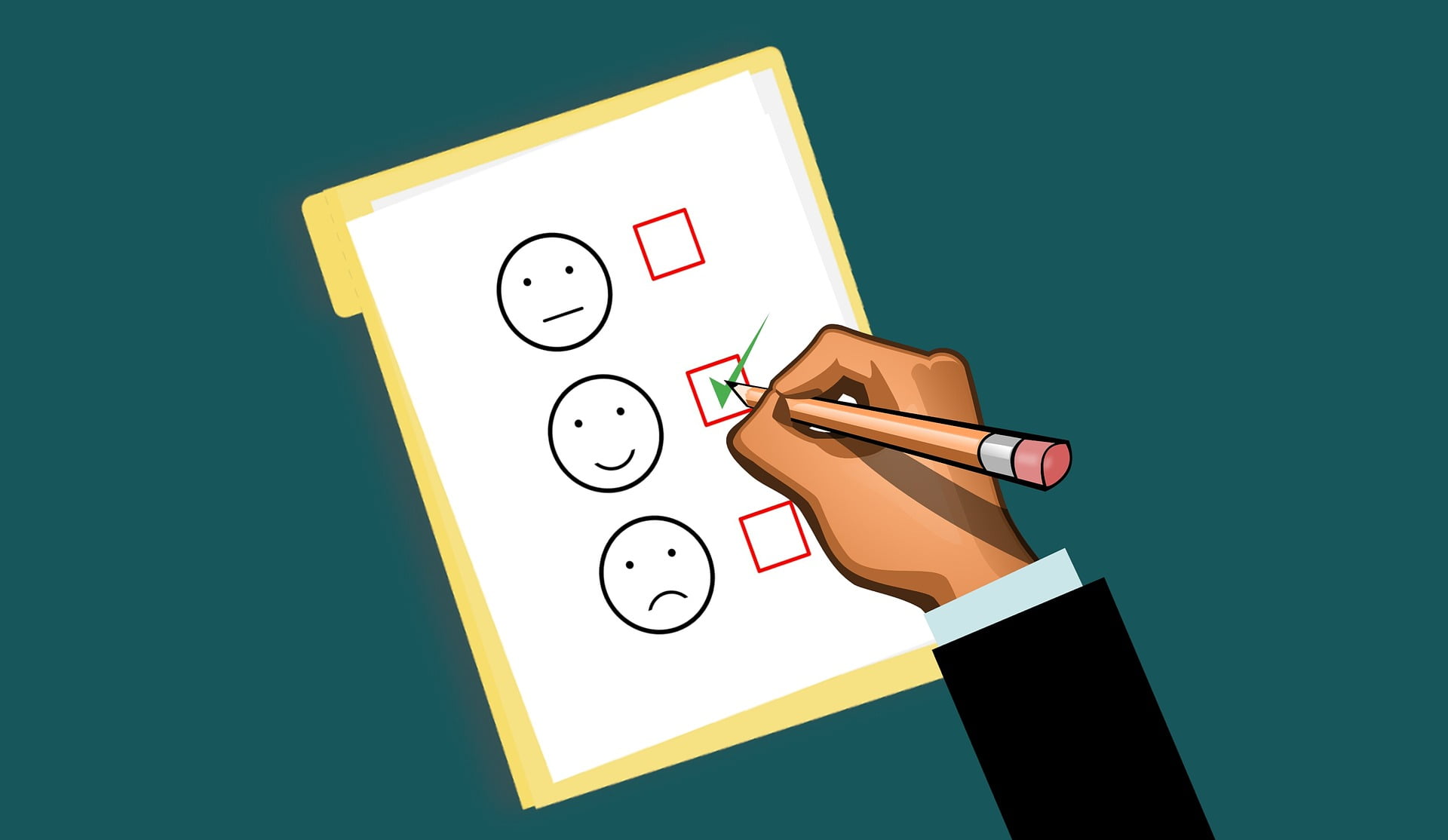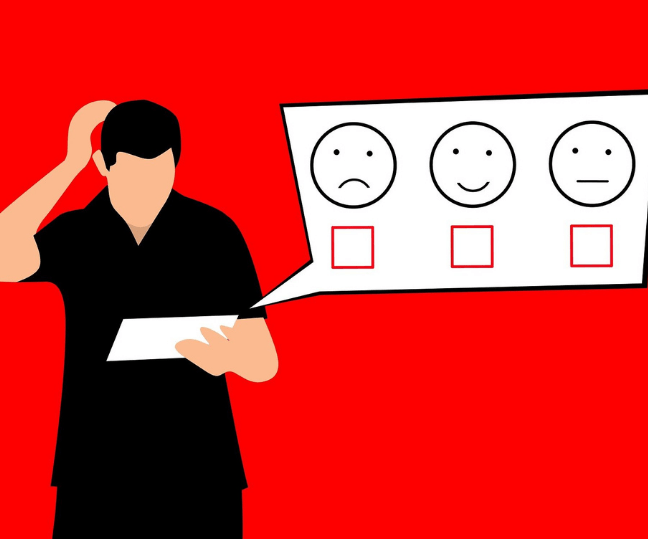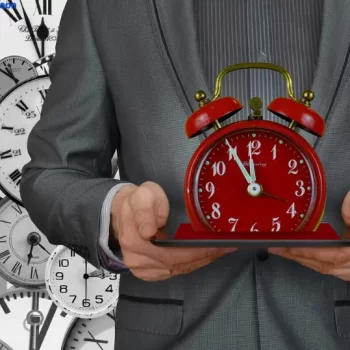As the adage goes, “A happy customer tells a friend; an unhappy customer tells the world”- the negative impact of an unhappy customer is far more significant than the positive impact of a happy customer.
No matter how amazing your products or services are, some customers will inevitably experience issues. That is an inescapable fact of doing business, but you may still prevent losing unhappy customers by handling them properly.
How unhappy clients act might greatly vary depending on how they interact with your support staff. Suppose they have a negative interaction with your customer service representative, they might never use your company again. However, if they have a positive one, they might become a lifelong customer.
In this post, we will examine how your customer support staff may foster happy interactions that can stop unhappy customers from leaving.
What makes customers unhappy?
Customer unhappiness emerges from a shortcoming in your company’s operations, whether in the quality of your products, how you conduct business, how much you charge, or something else entirely.
The following list of frequent causes for a frustrated customer
- Unpleasant or poor experiences
- Having to wait or be placed on hold
- Faulty, substandard products/services
- Technical difficulties and bugs
- A poor customer experience
- Product/service unavailability
Many representatives feel so irritated that they frequently express regret for an oversight or mistake unapologetically. Even worse, some representatives become aggressive when dealing with unhappy customers. In such cases, the customer is left feeling that no one is paying attention and that their specific problem does not matter.
This is no exhaustive list, but you can identify customer problems exclusive to your business by looking through your customer complaints and feedback.

How to deal with unhappy customers?
As we know, customers can now share their experiences more quickly than ever, and how you handle unstaified customers will influence how they will later speak of you.
What can you do to ensure that you address an unhappy customer in a way that produces the best outcome for both of you?
If you are ready to listen, every unhappy customer has the potential to transform into your business’s best spokesperson, a valuable source of referrals, and a savvy undercover agent.
Providing excellent customer support is vital for winning back unhappy customers. And the following seven suggestions will show you how to handle unsatisfied customers.
1. Own your mistake
Being defensive and blaming everyone but your business irritates customers and ultimately damages your reputation.
You spilled the milk, and in addition to crying over it, you are blaming the cow. Do not do this and put yourself in the customer’s shoes with empathy.
They hired you or entered into a contract with you, and they do not want to hear about your issues with suppliers, delivery trucks, or divine interventions. You took responsibility for the entire solution when you accepted their money, so act accordingly.
Reassure your customers that you will take the necessary action to correct the mistake. They will feel secure doing so and will be more likely to buy from or work with your business in the future.
2. Be empathetic
Understanding a customer’s perspective and moving the conversation along appropriately requires empathy. It may be tempting for busy customer service representatives to find a solution immediately.
Sadly, this means rushing the customer through an explanation of their issue. Even if this can be the quickest approach to comprehending what is happening, it is not the most efficient.
Therefore, before providing a solution, try to get the customer’s perspective and make them feel heard from the beginning of every interaction. Then, prioritize assisting them in meeting their requirements rather than just providing the right solution.
3. Lead to a resolution
You can do this by asking leading questions. For example, “What can we do to assist you with this problem?” “What would it take to make this right?”. In most cases, people just want their concerns to be heard and acknowledged without further action.
The worst-case situation is when a customer requests a service you cannot provide. In this situation, it is best to respond with, “I appreciate that you would like me to do this for you. Unfortunately, I cannot do it at this time. I can do this, though.” And be prepared to keep your word exactly as you promised.

4. Resolve issues quickly
When you make an unhappy customer wait for an extended period or keep them on hold, you merely add fuel to the fire. Unhappy customers may get even angrier if there are delays in responses and solutions. There can be a 9.6% decrease in CSAT for every 12 hours of response time.
Whether responding to a message or providing a solution, you must ensure that you are working fast while being empathetic. Investing in solid customer support software like Infraon Helpdesk can significantly improve your ability to provide prompt responses and resolutions. For example, you can:
- Create SLAs for resolutions and responses
- Improve internal cooperation to enable quicker resolutions
- By fusing various customer care channels, quickly gather customer context
5. Give clear explanations
When a customer comes to you with an issue, your focus would be to resolve the issue soon. And that is fantastic!
But it would be best if you also tried to provide a reasonable explanation for why that issue occurred as well. This extra step might help the customer comprehend what went wrong and alleviate any worries regarding whether the problem will come up again. This usually takes up only a few seconds of a customer representative’s time.
6. Prevent it from happening again
Problems arise due to something your business does or does not do. Sometimes customer concerns are utterly pointless, and no further action is necessary. However, occasionally customers will point up legitimate issues with your corporate structure.
Knowing these customers have spoken up can help you avoid losing more customers. Therefore you should be grateful for that. Many businesses have lost customers and cannot determine why because nobody has objected. So, please pay attention to their advice and implement it.
7. Your customers are human too
Finally, it is crucial to remember that your customers are people in all of your interactions.
This could seem obvious.
However, when a customer leaves a bad review or raises a concern, you might regard them as a problem that needs to be fixed rather than as a person that needs to be helped. And having that attitude will not likely help you give top-notch support.
Therefore, whenever a customer contacts you, remember that they are people with genuine concerns, and try your best to handle their problems thoroughly. This will improve the flow of your interactions and increase your ability to offer genuinely helpful answers and, as a result, win back unhappy customers.
Now that you know the ways to deal with unhappy customers let us help you by putting together a few sample templates that you can put to use. Feel free to tweak these templates and come up with your own.
Response templates
The words you use in any customer service interaction have the power to improve or worsen the situation. Here are a few standard responses you can use when dealing with unhappy customers.
1. How to apologize to an unhappy customer
Hey, <Customer Name>
We are sorry you had to face these issues.
Fixing this is a top priority. By <date>, you can expect a solution. Once this is completed, I will be sure to let you know. In the meantime, please get in touch with me if you require any assistance.
We apologize once again for any trouble this has caused.
Regards,
<Agent Name>
2. How to compensate an unhappy customer
Hello, <Customer Name>
I’m sorry that <product, service> gave you a bad experience. I researched the matter, and it appears that <briefly describe the cause of their negative experience, if appropriate>.
I have forwarded this issue to our <person’s job title>, the <head of the relevant department>. I apologize for the inconvenience. Meanwhile, I’d like to <give a discount/refund> and I’ll be in touch with you in a few days to let you know how <issue> is progressing.
Once again, we genuinely apologize. If there are any questions, let me know.
Best,
<Agent Name>
Wrap up
Although dealing with unhappy customers is never easy, you are bound to come across such customers. Additionally, losing a customer might result in a considerable loss of revenue for your company because you will lose out on the patronage of someone who trusted your brand and made repeated purchases.
As a result, even if it takes a lot of work, you should try your best to win back custoemrs. After all, selling to existing consumers is usually easier than attracting new ones who are not familiar with the brand.
Customer retention is greatly influenced by customer service. Your staff can only provide excellent customer care if they have access to dependable customer service software that makes their work more efficient and easier.
Your team can improve any scenario by providing immediate, individualized care that customers love. And this is where Infraon Helpdesk comes into play.



















